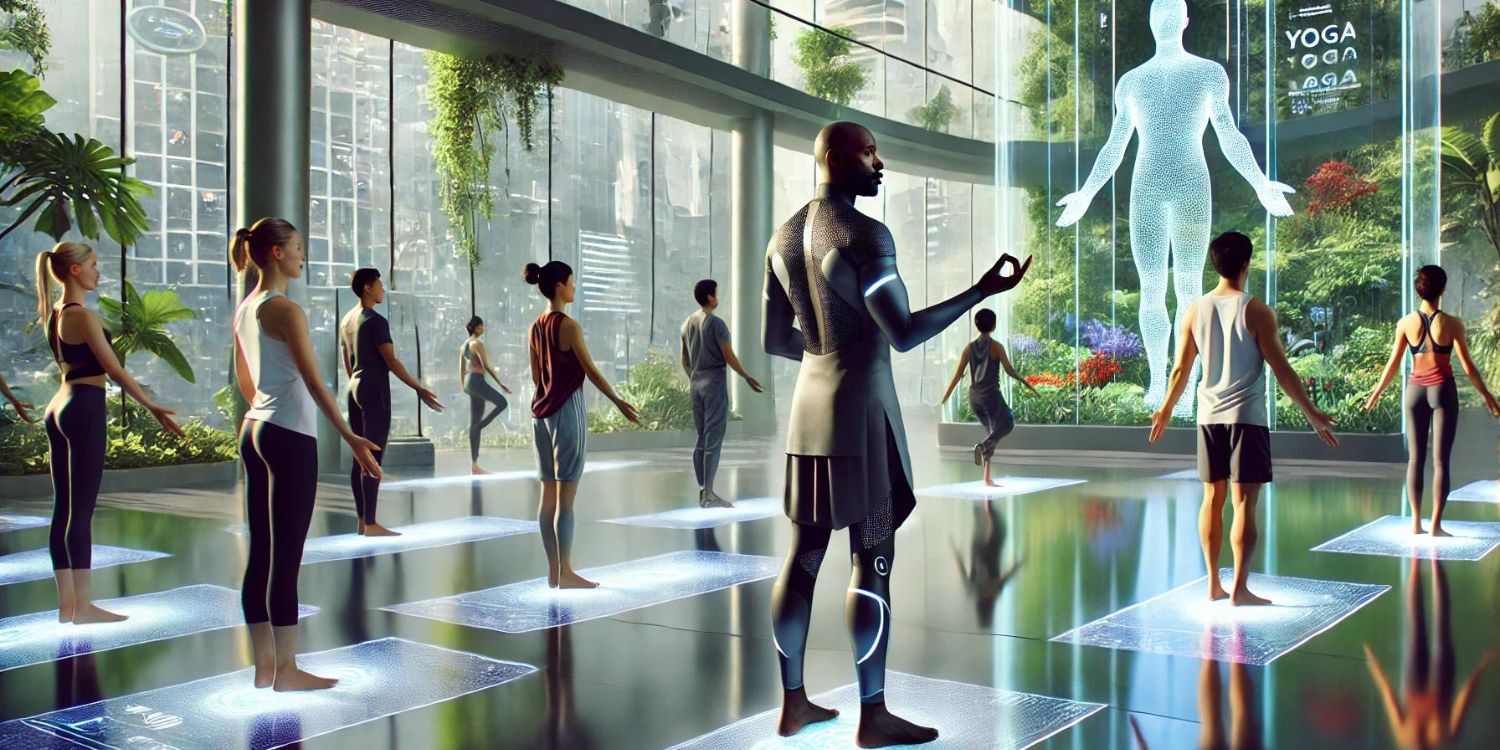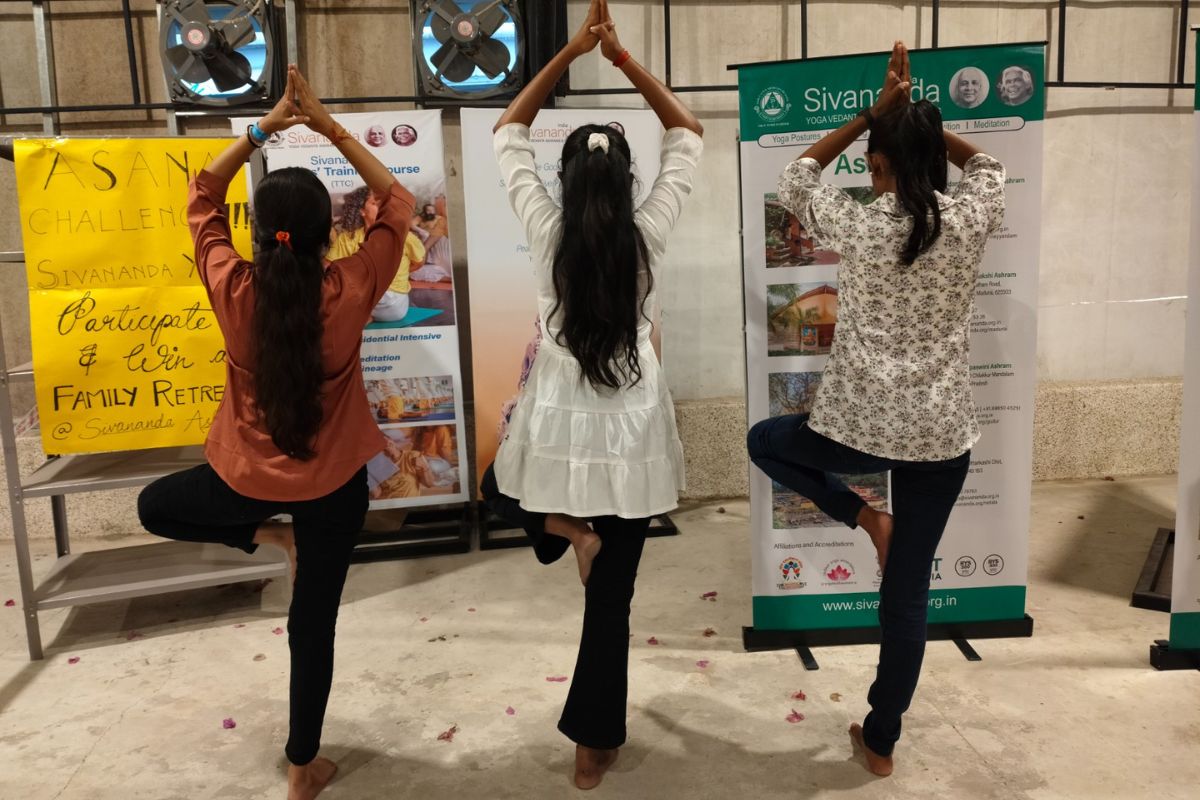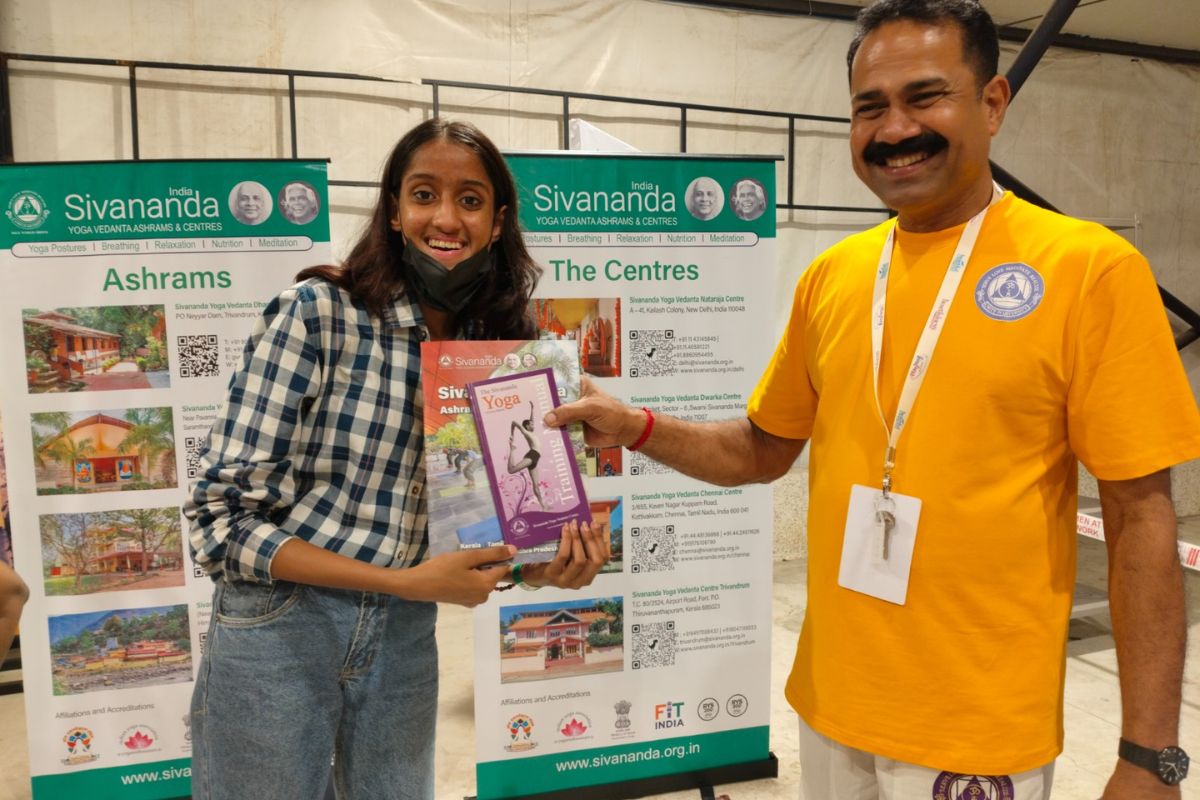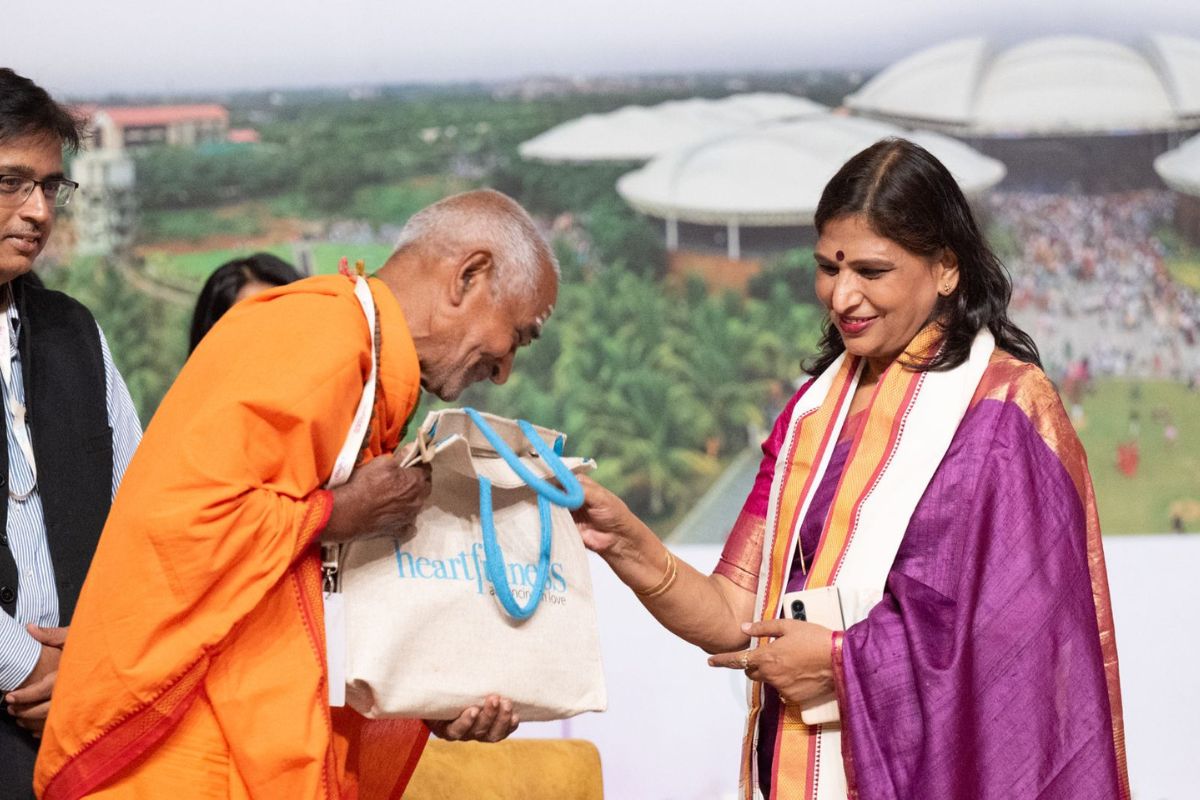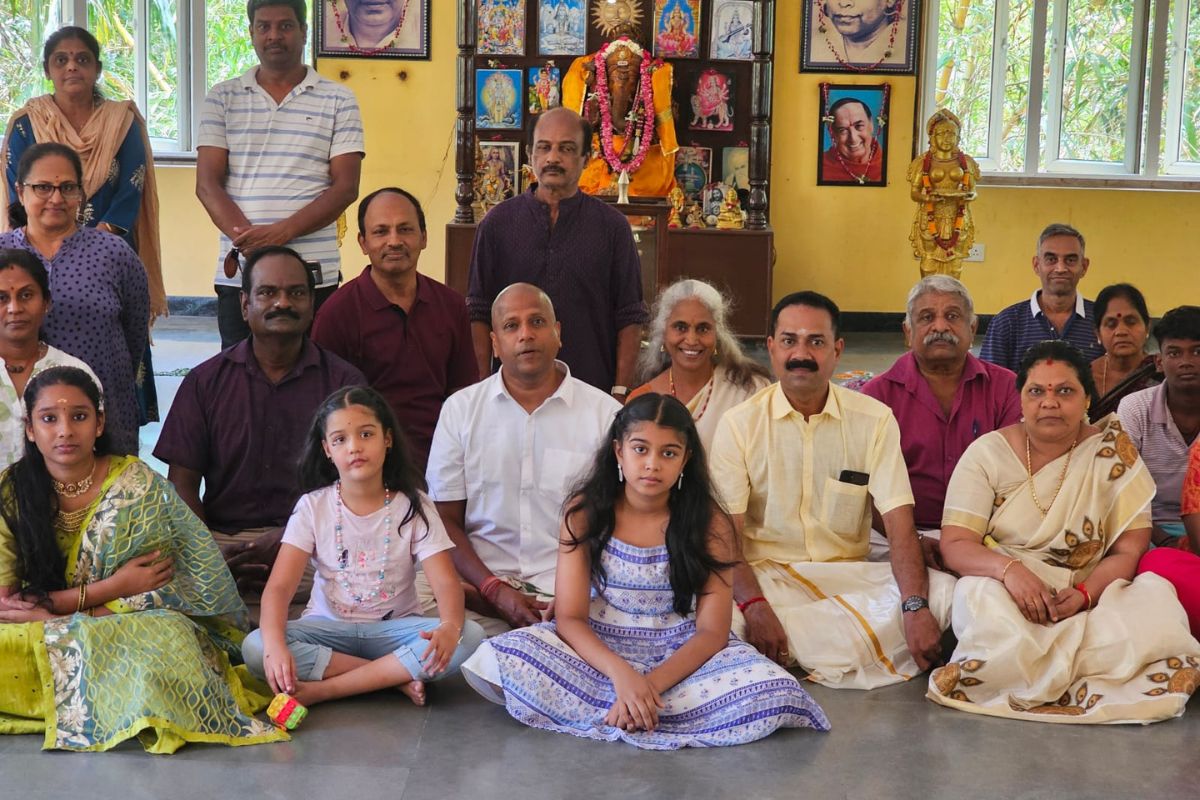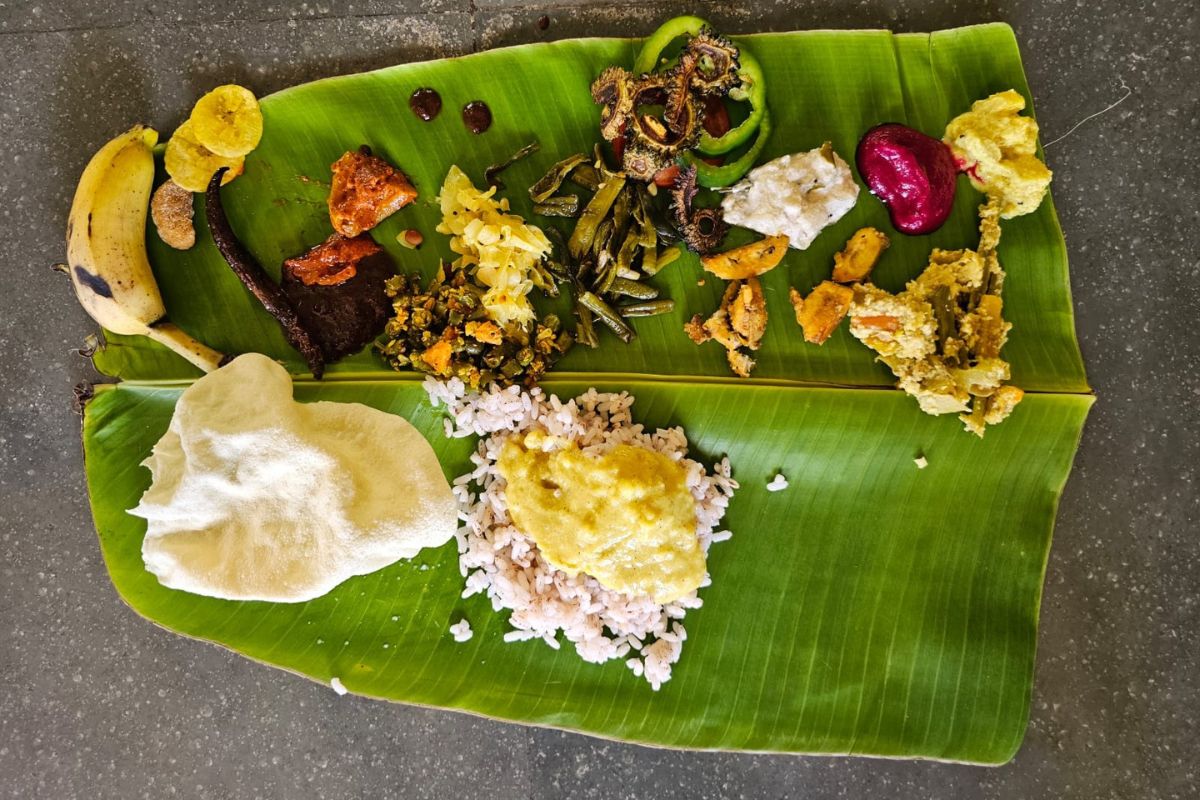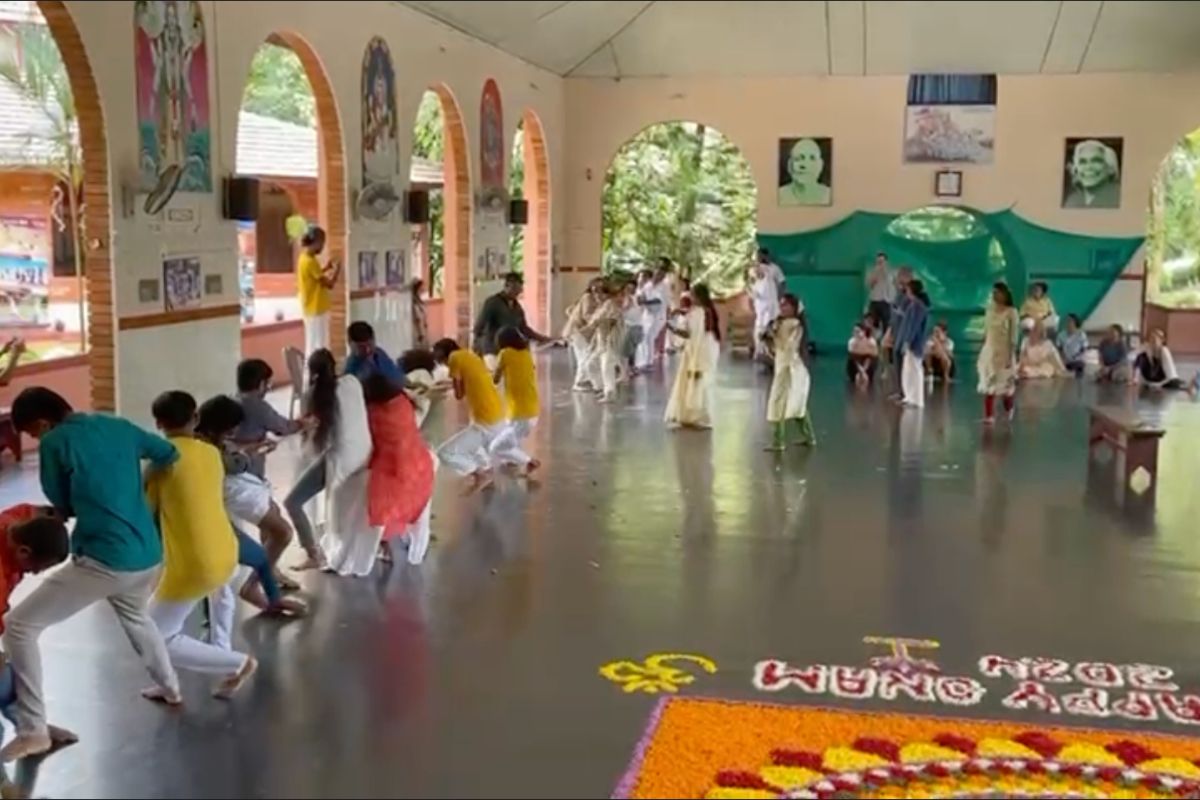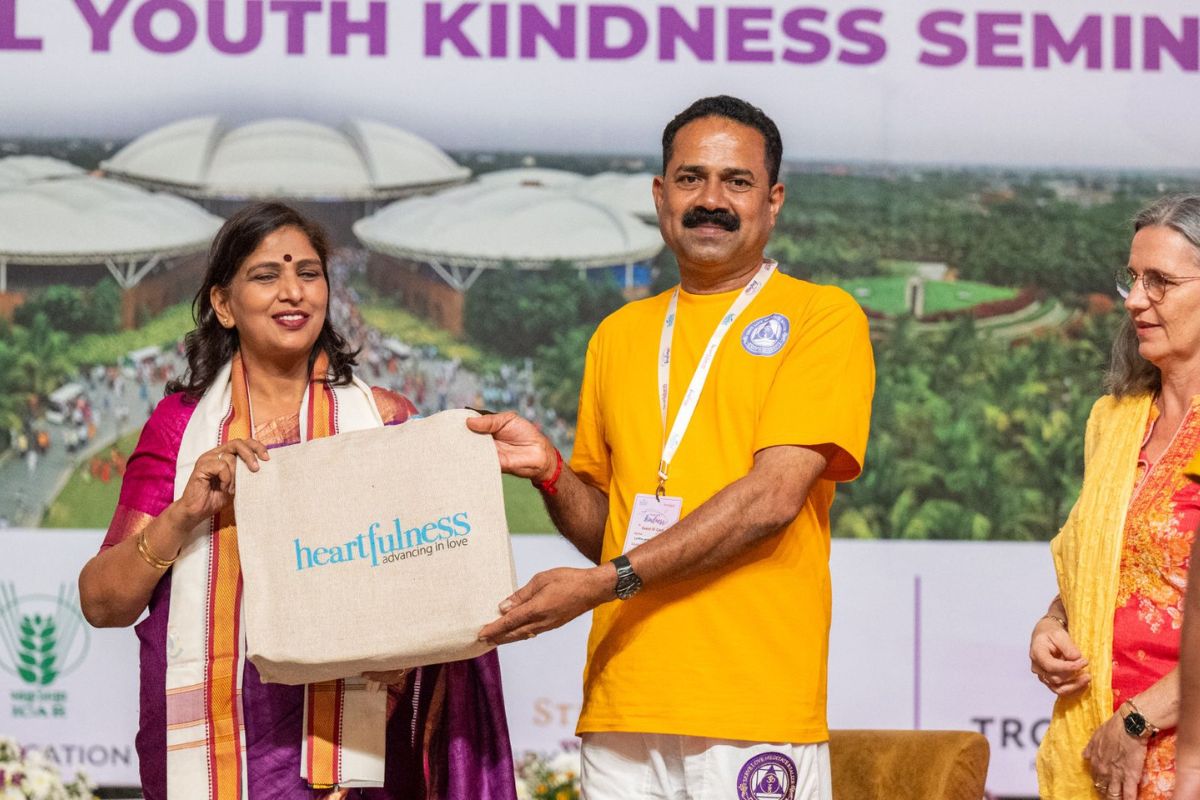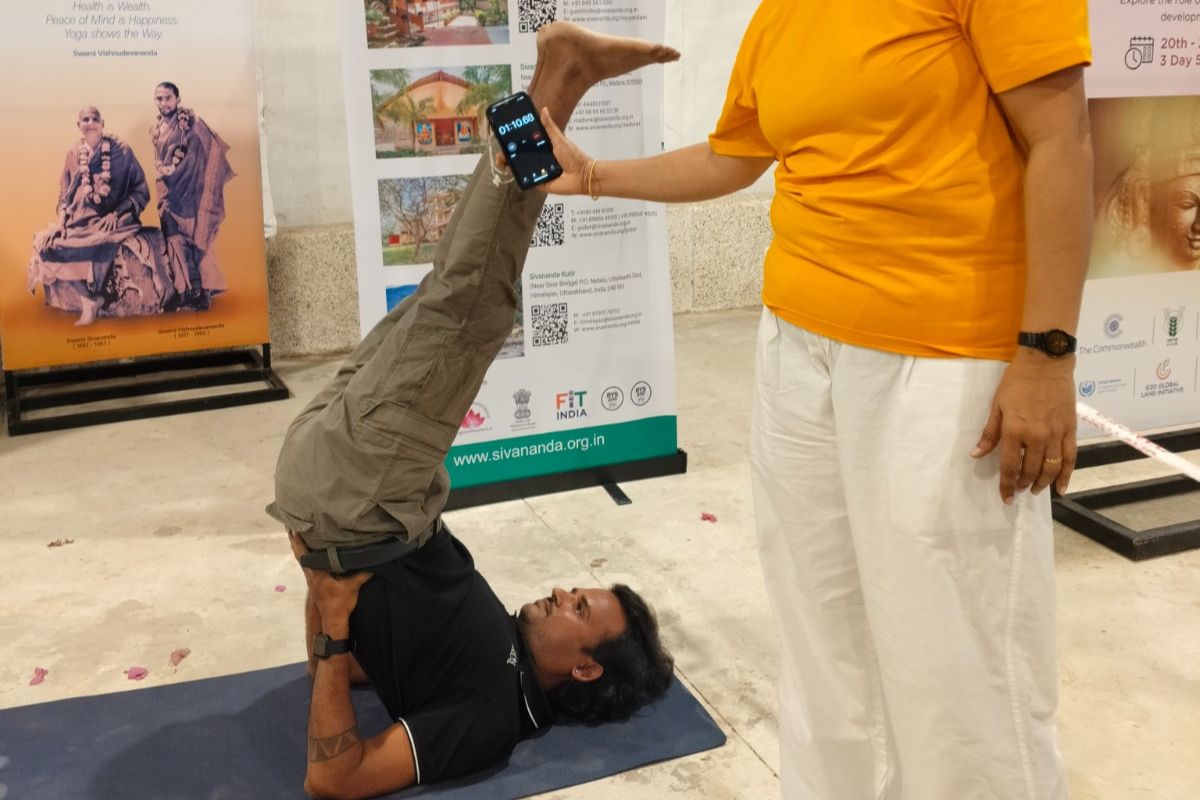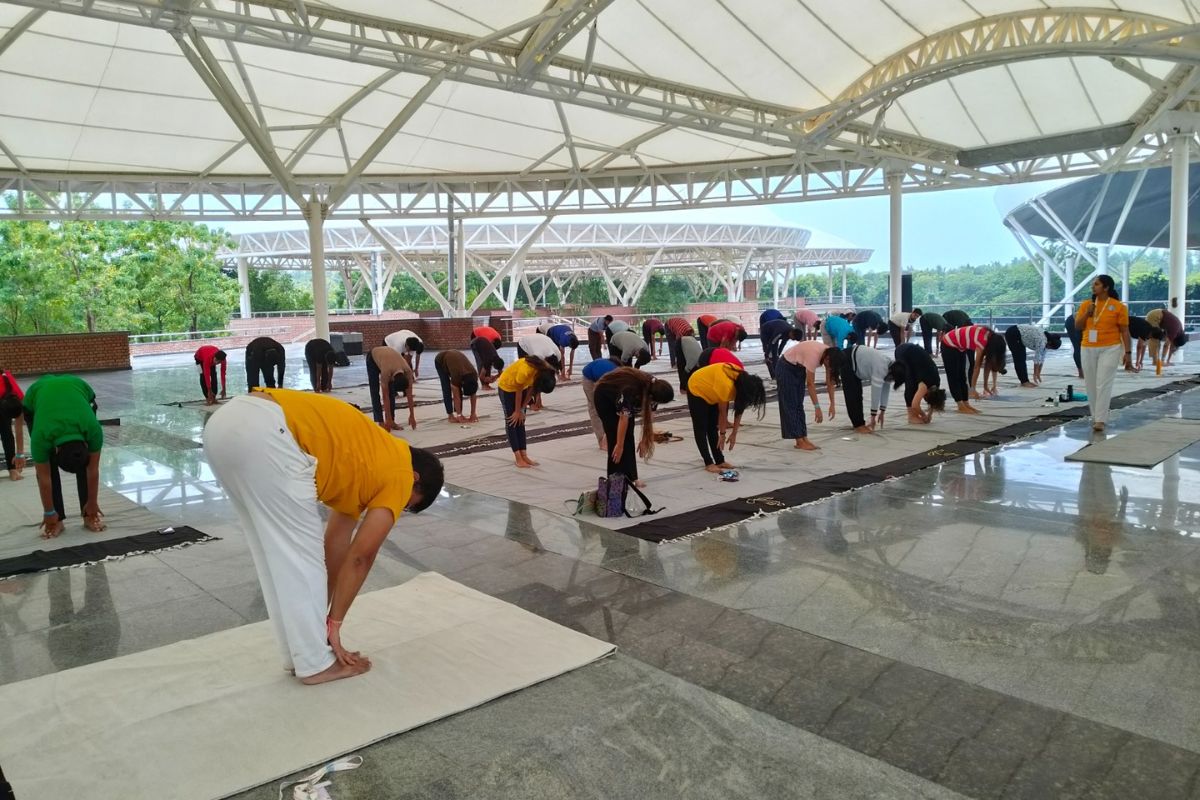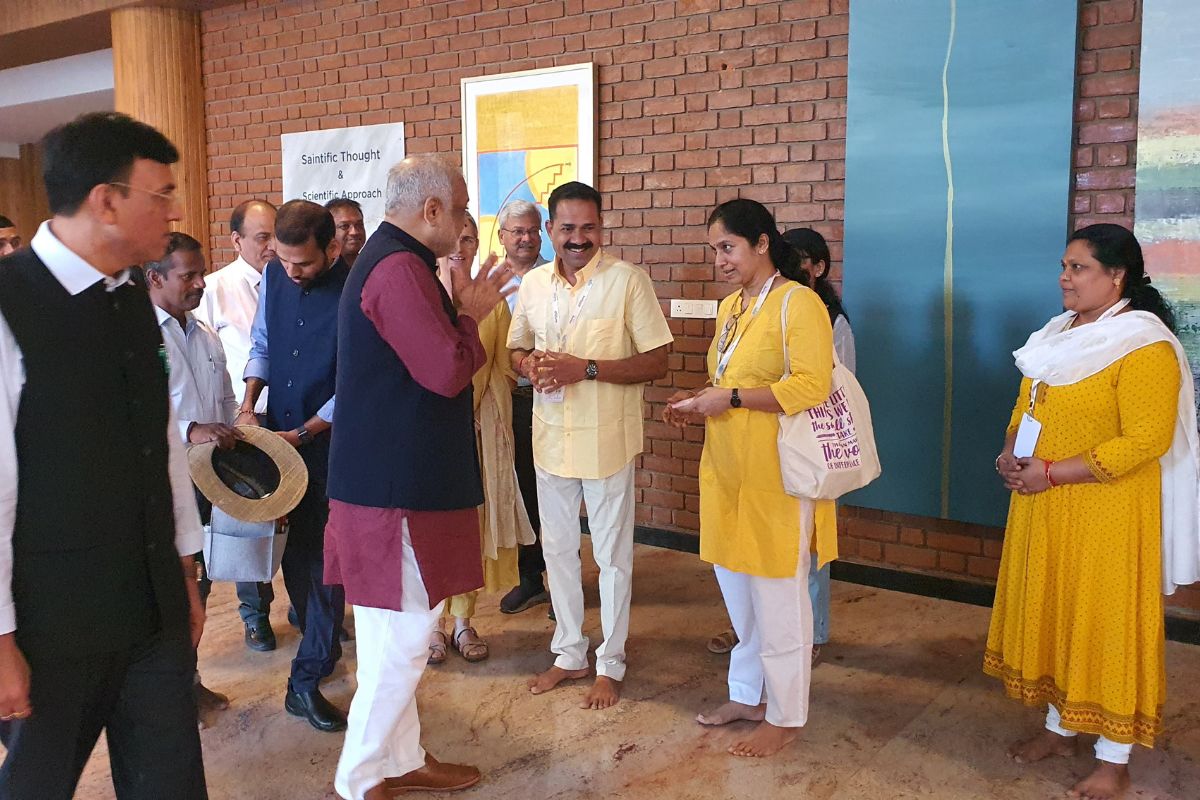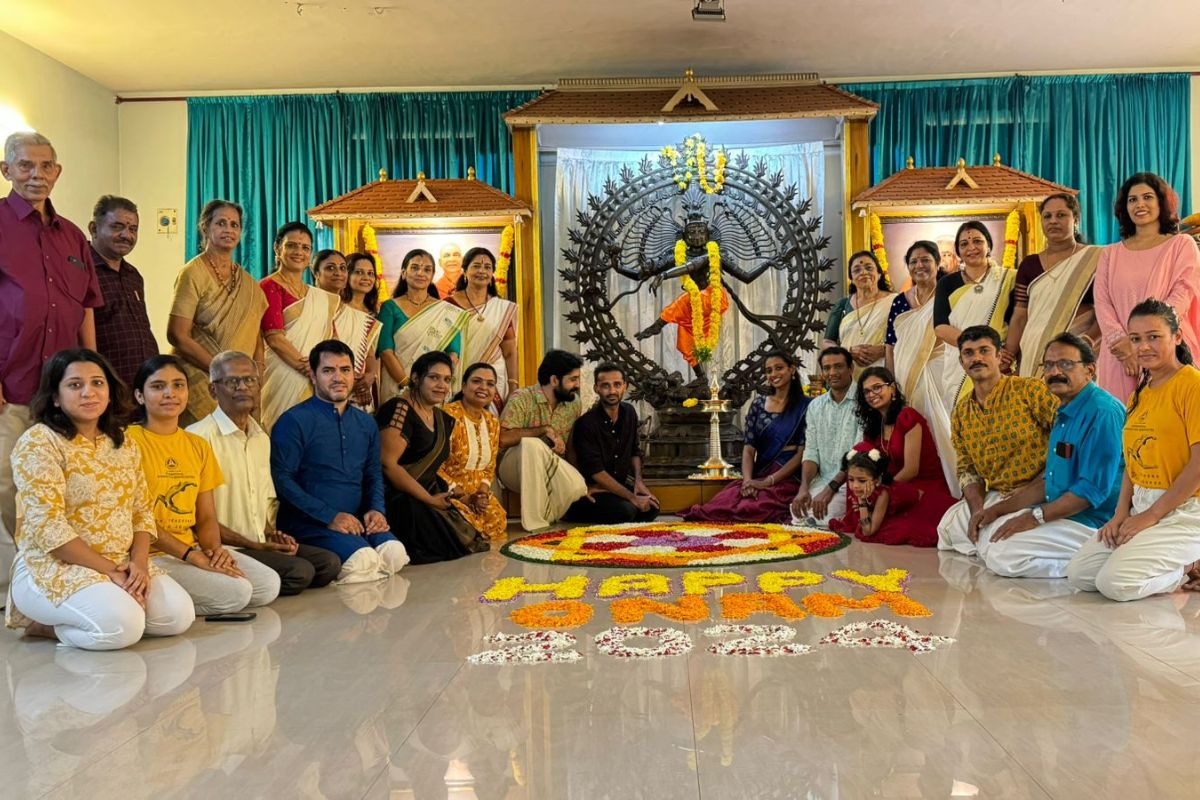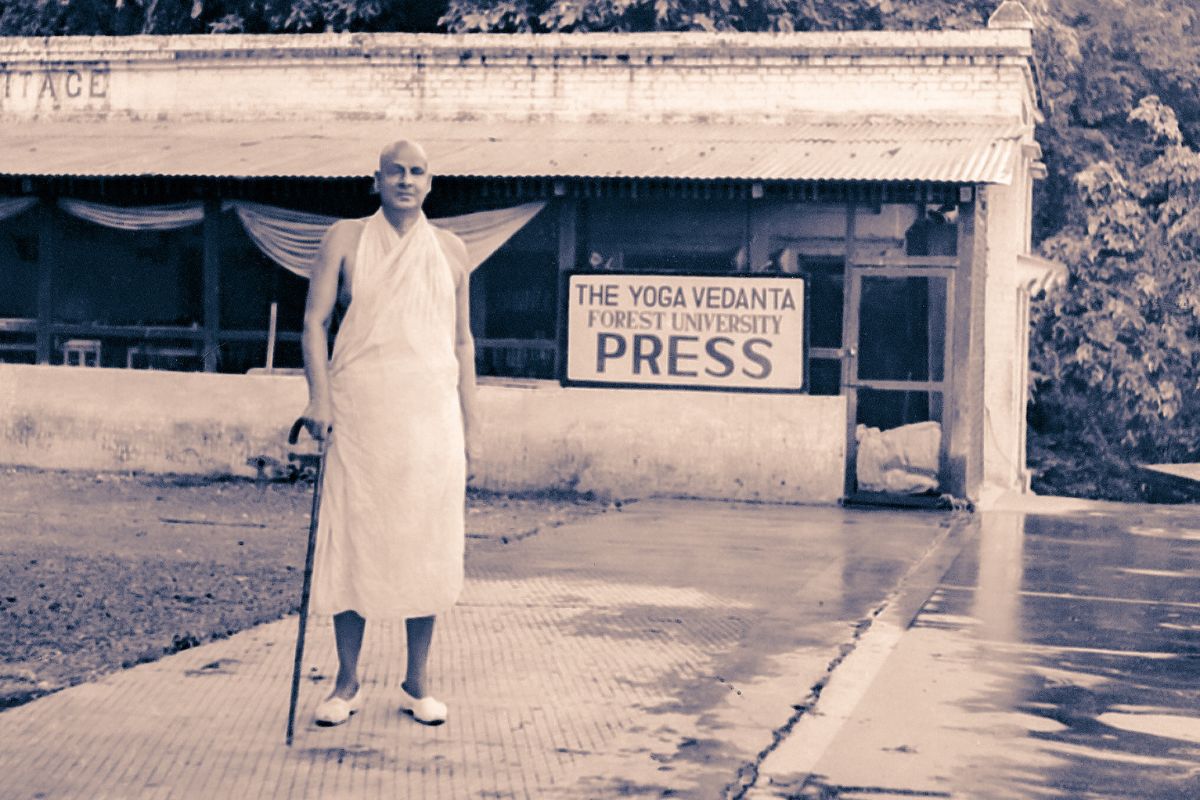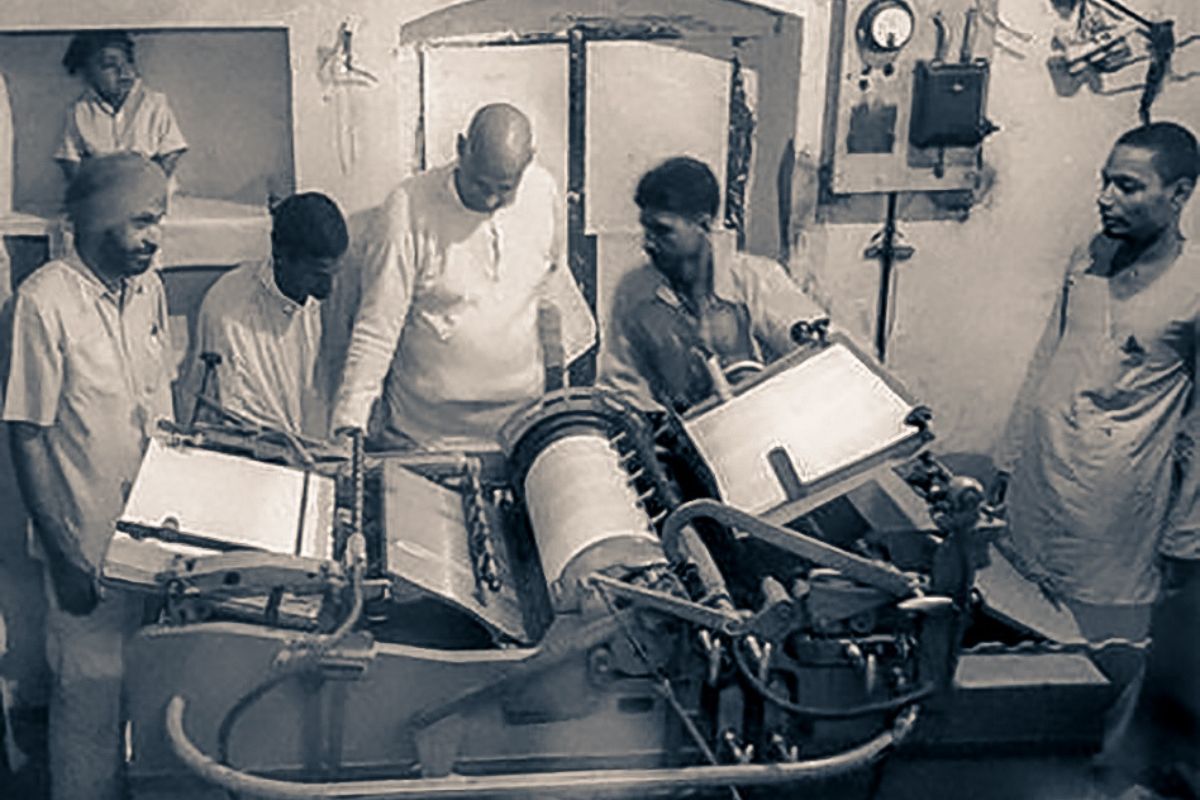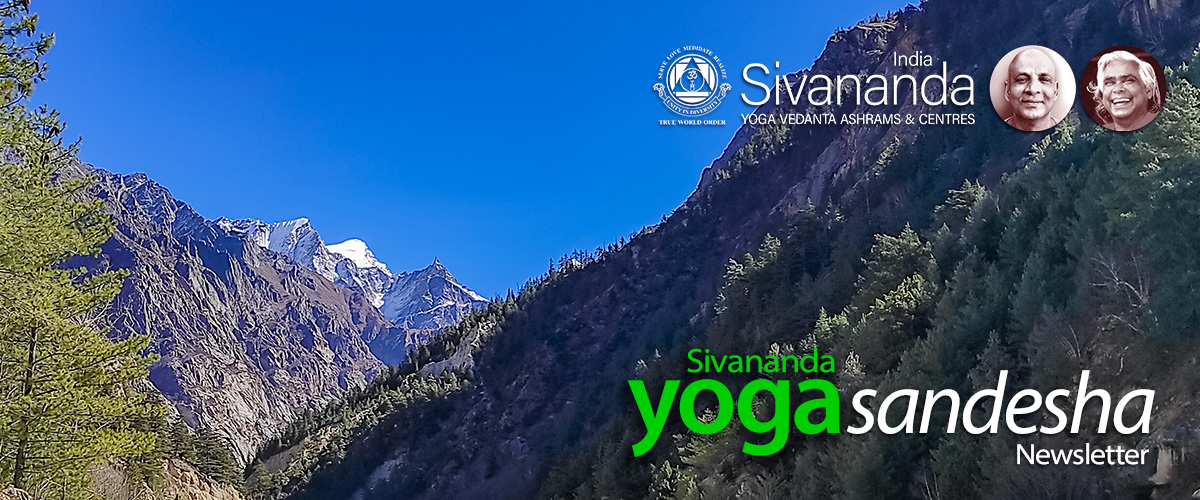
Om Namah Sivaya
Blessed Self,
October creates lots of memories of Swamiji, as we are working hard to restore the Sivananda Guha (Swamiji’s cave) in Gangotri. As you may remember, in 2016 floods washed away the major portion of the cave. It has taken us many years to obtain the necessary permissions to restore it. Now, in the memory of our beloved teacher, who always craved to be in the cave performing his sadhana, we have a chance to restore it. October was the month in which Swamiji travelled each year from Canada to India through our centre in London. In 1993 we did not know that it would be his last trip before he attained Mahasamadhi, but he seemed aware. He made us travel through Chennai, and on to Mookambika, where he missed darshan with Devi Mookambika, and later that night we rushed him to the hospital in Manipal with dehydration. Swamiji left his physical body peacefully in Manipal medical hospital. His wish was for his body to be brought to Gangaji and immersed there, so all the Senior disciples travelled to Uttarkashi where we immersed his body in mother Ganga.
Also, October brings our Ashram in Netala to the end of its high season, where we have had a very successful season of TTC courses, also with one ATTC for the first time in almost fourteen years. Once the October TTC is complete, then comes the Sadhana Intensive course, and finally, on November 9 we will perform Swami Vishnudevanandaji’s Mahasamadhi puja and annual Bhandara for the Himalayan Sadhus, where we distribute clothes, necessities and provisions to help them survive the harsh winter. The Yoga Vacation program, now completing its second year, was consistently full throughout the season, and we have already received bookings for next year. Students enjoy the experience of being in close proximity of the Ganga.
In South India, October marks the beginning of the high season for the three ashrams there. Enquiries received there show that there is plenty of interest for the upcoming season from both local and international students. All of our centres in India continue to thrive with a consistent numbers of guests and a limited but dedicated number of staff working hard on their sadhana and supporting Swamiji’s mission. We try to remain humble and more focused on sharing Master and Swamiji’s authentic teachings from the ancient scriptures.
May Master and Swamiji’s blessings be with you always.
Pranams,
Sivananda Yoga Vedanta Ashrams & Centres, India
Our gurus felt that yoga was something that had the potential to unite the world. They emphasised ‘unity in diversity’ as the essence of yoga and realising that more connects us than divides us. The internet also was imagined as something that could unite the world, opening the world to remote places and people. Instead, however it also seems to have created divisions. Online, the lack of physical connection causes many to be unkind. Technology seems to be at a frontier where it is now re-bordering and re-dividing our world.
It seems clear that to navigate these borders we need the influence of the authentic, and the desire to know ourselves. Technology is advancing so rapidly and disorienting entire mediums, blurring the lines between human-created and AI-generated work to a point where we don’t know what’s real or to what degree it’s real. The effect of this is a devaluation of what is human created. The value of yoga is like the value of art. We know when we are within its authentic presence. It is real and it challenges us to be better.
How long before we can’t distinguish between the words of spiritual masters and AI-generated platitudes? Is it possible to find AI-generated teachings of spiritual benefit? How long before we manufacture teachers and teachings artificially? Do we have to demonstrate our own authenticity? Share our processes? Thoughtful consideration is required with respect to our digital practices, what we share, and how it was created.
Technology also presents many possibilities for connection and community which are of great benefit to yoga. Community can now be created in many different ways than it used to happen when our gurus were alive. Online teaching can be a wonderful way to share unique and traditional teachings across borders of various kinds.
According to AI, a yoga class in the future might look like this:
Participants would wear VR headsets to enter a more calming virtual environment. The headset would enable real-time alignment guidance, so that postures could be perfected. The students would practice on Smart Mats with embedded sensors to offer feedback on alignment and displacement of weight. Students would wear Biofeedback devices to monitor heart rate, breathing and even brainwaves. A teacher could then better personalise instructions for each student. An AI Assistant could provide separate real-time guidance and encouragement to each student. A Master teacher could be present in holographic form so that the students could have a lifelike experience of their presence and gestures. Sound and light therapy could deepen relaxation.
Many of these technologies already exist and some are already commonly used in yoga classes. How would you feel about participating in such a yoga class? Let us know what you think.
In this issue of Yoga Sandesha we consider the intersections of yoga and technology. We hear Swami Sivananda’s words on ‘reality’ and compare that with AI generated text in the voice of Swami Sivananda, we look at the digitisation of temples in India, explore a Tech Diet, and learn to support the Shoulderstand if we’re feeling uncomfortable. We’d love to hear your thoughts on AI and yogic teachings and where technology is taking us. Thank you for taking the time to read Sivananda Yoga Sandesha. We are an AI-free newsletter (except for the experiments presented here) where we attempt to add value to our yoga practice by exploring ideas, sadhana, and the traditional teachings. We hope you enjoy the newsletter and take time to reflect on your practice.
As always, we hope to provide some inspiration and food for thought in the practice. Thank you for taking the time to read Sivananda Yoga Sandesha. We hope you enjoy the newsletter and take time to reflect on your practice.
Please feel free to reach out to us with your thoughts and feedback: [email protected]
Photo Update:
September Events & Programmes
Enjoy these snapshots from various September events including Swami Sivananda’s birthday on September 8, celebrated at the Chennai Centre, Onam celebrations in Chennai with the traditional Onam Sadhya (feast on banana leaf), Trivandrum, and Neyyar Dam ashram with activities including a tug of war, lemon and spoon race, and apple dunking. Chennai staff attended the “Rising with Kindness” program for youth aged 16-23 organized by Heartfulness in Hyderabad. The event included a carnival, and yoga asana challenge.
Links/Research: Online Yoga
A study exploring the benefits of online yoga for those with chronic conditions as well as their caregivers:
https://www.ncbi.nlm.nih.gov/pmc/articles/PMC10248766/
Effects of online yoga on those working from home during Covid-19 lockdowns:
https://pubmed.ncbi.nlm.nih.gov/34120925/
Spiritual Calendar
October 2 – New Moon
October 3 – Navarathri starts
October 13 – Vijaya Dasami
October 14 – Ekadasi
October 17 – Full Moon
October 27 – Ekadasi
October 31 – Deepavali (Diwali)
Upcoming Courses:
Learn, Practise & Grow with Us!
Teachers’ Training Course (TTC)
- Oct 6 to Nov 3, 2024,
Chiang Rai,Thailand - Oct 13 to Nov 9, 2024,
Madurai, Tamil Nadu - Nov 10 to Dec 7, 2024,
Neyyar Dam, Kerala
For more details, click here
Advanced Teachers’ Training Course (ATTC)
- Jan 26 to Feb 22, 2025,
Madurai, Tamil Nadu
For more details, click here
Sadhana Intensive (SI)
- Oct 16 to 29, 2024,
Uttarkashi, Himalayas
For more details, click here
How to Teach Yoga Online
- Oct 14 to 18,
12:30 – 14:00 IST
For more details, click here
Panchakarma Detoxification Programme (PDP)
- Oct 18 to Nov 2,
Madurai, Tamil Nadu - Nov 14 to Nov 29,
Madurai, Tamil Nadu
For more details, click here
Storytelling/Anecdotes:
Swami Vishnudevananda and Technology, by Prahlada
After spending many years training with his guru, Swami Sivananda, our teacher Swami Vishnudevananda discovered that the yoga he had learned in the Himalayas could not be taught in the west. Carefully observing the lifestyle and the stress that comes with the fast paced life of the west, Swamiji decided to give the most authentic teachings without compromising the ancient scriptures.
Swamiji was always the first person to embrace any new technology available in order to further his mission to propagate the ancient teachings of yoga and meditation. A few of the technologies which Swamiji adopted in their infancy were: in 1980 he installed solar panels in his cave in Gangotri, Himalayas as well in the main Ashram in Neyyar Dam, south India. Swamiji made us use early versions of Macs and PCs running with the DOS prompt and email service which came first with the CompuServe modem. Satellite phones were used by him to keep up communication with the various centres and ashrams around the world.
Swamiji’s successors also became early adopters of websites, email servers, and other communication platforms when they became available. Swamiji also used Apache and ultralight planes for his peace missions, adopting the unique communication potential of these technologies. We are grateful for Swamiji’s vision and for always being open to try any new technology which may support the further reach of the teachings to into people’s lives.
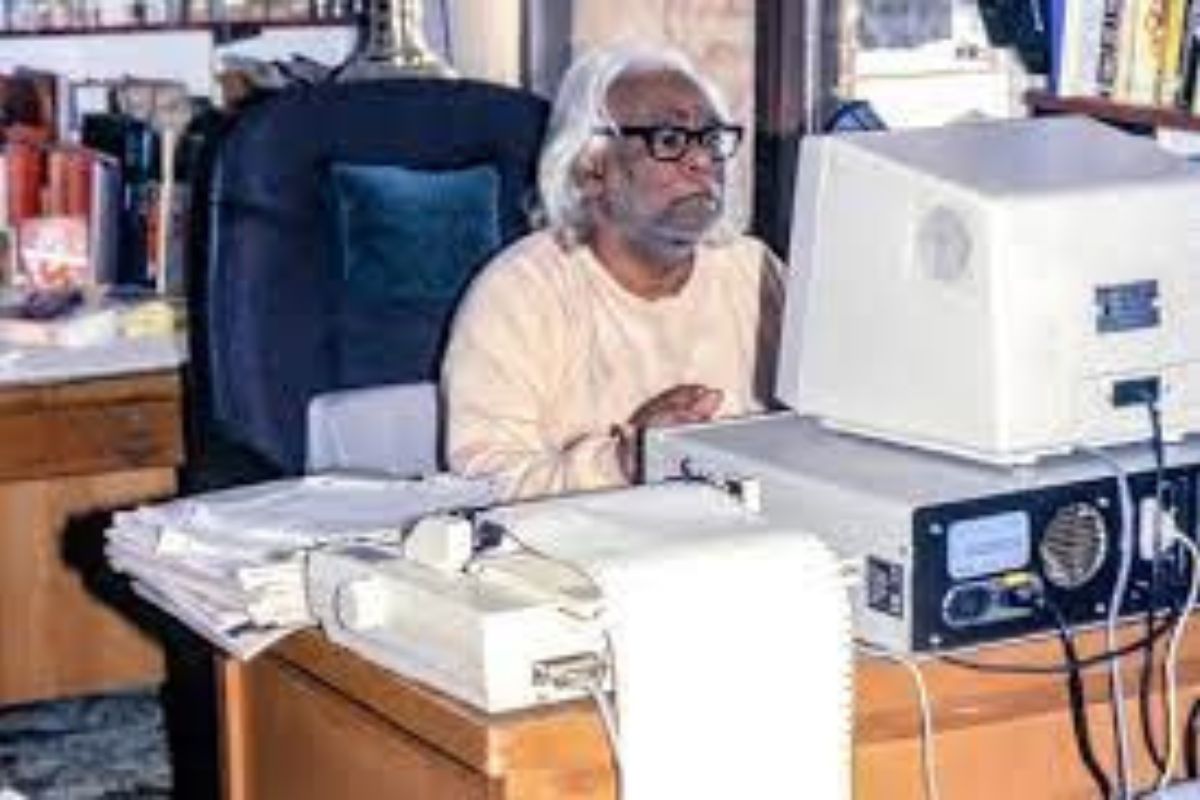
Teachings Excerpt:
The Great Reality and Its Nature, by Swami Sivananda
On carefully scrutinising the waking, the dreaming and the deep sleep states, it is observed that the Self is different from the physical body, the psychological organs and ignorance which are respectively manifested in externality, internality and nihility of consciousness. Further, consciousness must necessarily be an essential constituent of the Self, for without consciousness existence itself is valueless. This at first leads us to conclude that the Self must be a conscious witness of the physical, the psychological and the ignorant conditions. But being a witness means existing as an unconcerned observer of certain phenomena which exist apart from oneself. This compels us to make the Self an individual perceiver with its rival, the percept.
Metaphysically, individuality is the opposite of eternity, for, eternity means changeless self-existence which is synonymous with completeness and infinitude. Nothing that is dependent is eternal and nothing that is finite or individualised is independent. The subject cannot hope to exist eternally and at the same time be a relative of some external existence. To be eternal, the subject must be absolute, which is the fusion of the totality of existence in the subject or the Self. In order that it should be Real, the subject must at the same time become all objects, the entire existence, in which case the subjectness of the subject is sacrificed to or rather swallowed by a larger infinity of being where the subject and the object are not separated even in the least. Hence, if the Self is eternal it cannot be something existing apart from the three empirical bodies which are objects of the witness-Self. And, the Self must be eternal, for, at no time is it possible to deny the existence of the conscious Self.
Now we are led to a twofold quandary. The Self cannot be called a differentiated witness of the three bodies, for objective consciousness and individuality vitiate self- existence and eternity. At the same time, the three bodies cannot be included in the Self itself, because they disclose their character of being devoid of consciousness and also being absent at some period of time. Reality is that which exists without break in time and space. This test rejects the three objective conditions of waking, dreaming and deep sleep from inclusion in the Self.
This philosophical difficulty has resulted in the different realistic doctrines which posit the existence of a cosmic eternal Prakriti, a Sakti or Power of Consciousness, a world of material creation, a body of God, a Maya! But the problem ever remains unsolved. A Purusha or an Isvara who is different from Prakriti, a Paramatman who is the possessor of an objectified Sakti, a Creator who projects out an external world, a God who transforms himself into a universe, a Brahman who gives rise to a real Maya of objective unconscious existence, are all simply the magnified conceptions of the same Self which is cut off as a separated being from the three bodies and states. All these theories unconsciously make their conscious reality a transient being by distinguishing it from some external existence. Either philosophy has to admit its failure in its attempt to determine the nature of Truth or close its eyes to the stern appearance of the unconscious body and the world and boldly assert the sole existence of an infinite objectless Consciousness. The word ‘Maya’ does not suggest the existence of some eternal material being, but only indicates the inexplicability of the relation of Reality to appearance.
AI Teachings:
‘Swami Sivananda’ on Human Anxiety around Technology
The following text is NOT written by Swami Sivananda but generated by AI in the voice of Swami Sivananda. Swami Sivananda didn’t write about technology or the spiritual potential of technology. ‘AI Swami Sivananda’ is responding to a prompt to discuss human anxieties around technological advances. I’d encourage you to read it and to see how it feels compared to the authentic text above and consider whether there is any meaning to be found in it. Does it inspire? Does it feel hollow? Words just for the sake of words? How long might it be before we are no longer able to differentiate between authentic teachings and those generated by AI? On the spiritual path authenticity seems to be what we aspire to, our very breath and life blood, and what sets this path apart from other aspirations in life.
Human anxieties around technological advances arise from a deep-seated fear of losing control, of being overwhelmed by the very creations of our own intellect. When the mind is clouded by attachment to the material and the fleeting, it becomes restless and agitated. Technology, being an external manifestation of the mind, can easily become a source of distraction and agitation if not guided by higher wisdom. The rapid pace of technological change unsettles the mind, for it is ever in search of stability and peace, which it mistakenly seeks in the impermanent and ever-changing world of gadgets and machines. True peace cannot be found in these external advancements, but only within the unchanging Self.
Moreover, technology often raises fears of disconnection from our natural state of being and from one another. As we immerse ourselves in virtual worlds and automated systems, there arises an unease that we are losing touch with our inner life, with our capacity for deep contemplation and authentic human connection. The fear that technology may replace the essence of human experience, making us more mechanical and less soulful, stems from an ignorance of the eternal truth that no machine can ever replace the power of consciousness. Technology may aid us in our external pursuits, but it cannot touch the innermost sanctum of the spirit, which alone is the source of true connection and unity.
The key to overcoming these anxieties lies in recognizing the right relationship between humanity and technology. When we see technology as a tool to serve the higher good, rather than as a force that controls or defines us, we dispel our fears. Just as a knife in the hands of a surgeon can heal, but in the hands of the ignorant can harm, so too can technology either be a source of liberation or a cause of bondage. It is not the advancement of technology that is to be feared, but the ignorance of the Self that leads to its misuse. Grounded in spiritual knowledge, we can move forward with confidence, knowing that no matter how the world around us changes, the eternal Self remains the guiding light.
The image included here was AI generated, based on a prompt to create an image of Swami Sivananda teaching a yoga class in the future. AI was further prompted to make him a hologram and to make him have a bald head. The image may seem amusing, however, if our gurus and teachers are reduced to mere representations, they too ring hollow. AI imagines that in the yoga class of the future, we can have the holographic image of a ‘famous’ teacher with us in class. That teacher can gesture and speak and it could perhaps feel like an authentic experience of learning from a master. There’s much to consider about what makes the experience of yoga and learning and teaching valuable and how to safeguard its value.
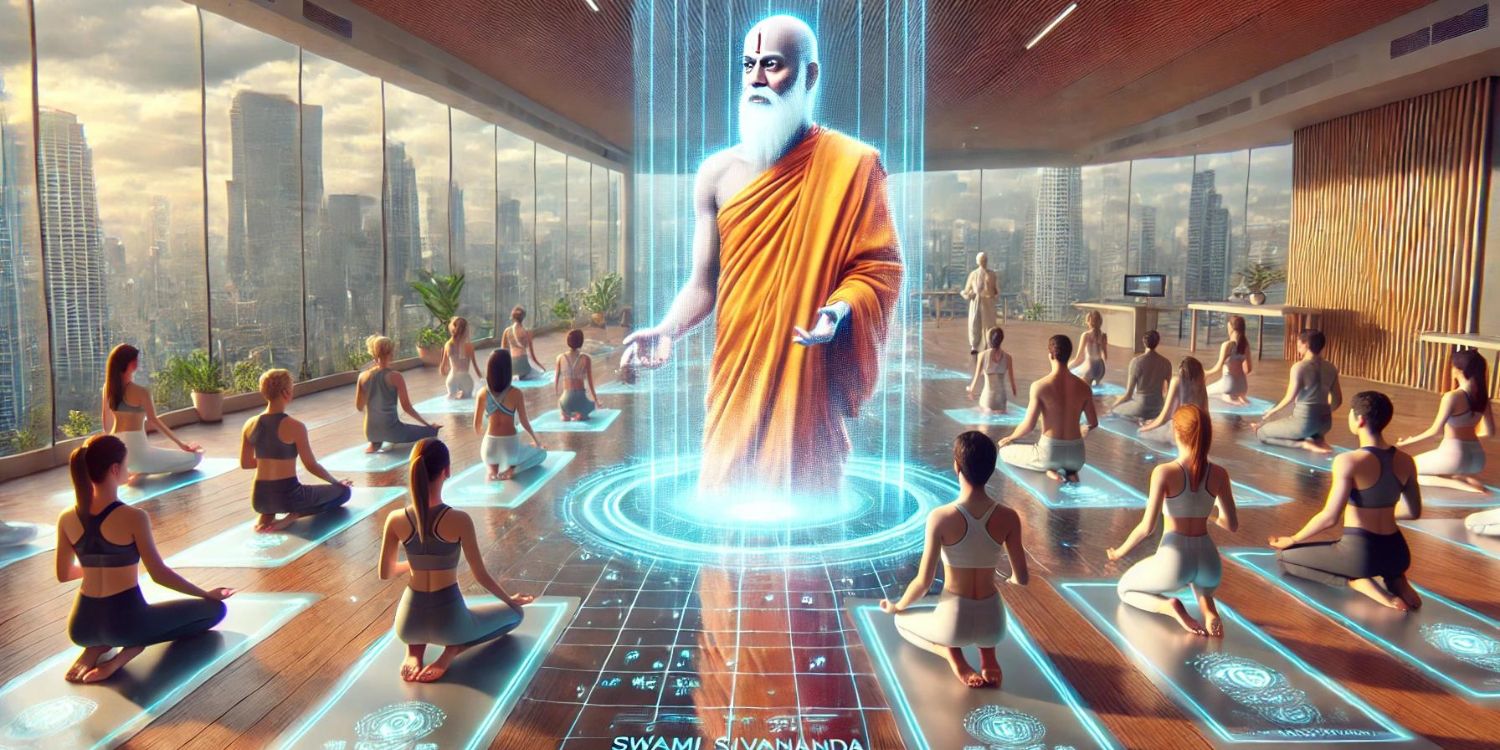
Practice and Teaching Tips:
Do you feel pressure on the neck in Sarvangasana?
Many students report this, especially when they are newer to yoga practice. It does take time to become accustomed to taking weight properly onto the shoulders. And let’s be honest, if your chest or abdomen is a little larger, it can be difficult to breathe and it may feel as if your body is suffocating you. In this video we show you how to use a simple prop, a folded blanket or mat to create more space in the Shoulderstand, to make it easier to support your body on the shoulders, and to breathe more easily in the asana.
We hope the video is helpful. All best wishes for your inspired practice.
Nutrition Tips:
Tech Diet
Ever heard the term ‘Tech Diet’? It is the diet consumed to counter the negative effects of exposure to technology, especially on hormonal health. Incidences of anxiety, depression, body image disturbance and internet addiction are some of the related mental and emotional conditions associated with high radiation due to technology device exposure.
Dr. Shimi Kang, a former Medical Director for Child and Youth Mental Health and a celebrity speaker emphasizes the complexities of brain reactions triggered by exposure to digital devices. She emphasises that the following hormones directly get impacted by technology exposure and a replenishing diet that counters the detrimental effects of technology on these hormones must be consumed if you are a technology addict:
Adrenaline: A hormone related to the fight or flight response, this hormone’s response may get triggered when a social media post is liked or reshared. High adrenaline ups and downs can interfere with other hormonal activity in the body. Consuming foods such as legumes, whole grains and oranges can help balance adrenaline.
Dopamine: A neurochemical responsible for triggering pleasure response in the body, dopamine is released to trigger a desire for instant gratification. Social media or other technology platforms that give us the drive for instant gratification directly impact dopamine. Foods such as blueberries, sweet potatoes, broccoli and raw chocolate help balance dopamine.
Serotonin: Released in moments of creativity, on social media serotonin can trigger when one gets appreciated on social media. Foods that regulate serotonin include pineapple, spinach and nuts.
Endorphins: Endorphins are best released when we exercise and are known to induce feelings of gratefulness, calmness and belonging. Endorphins also act like painkillers in the body. On social media, endorphins can be released as an outcome of instant growth. Food to regulate endorphins include grapes, strawberries and yoghurt.
Cortisol: Also known as the stress hormone, cortisol on social media may get triggered due to any stressful or unpleasant experience. Foods that calm cortisol production include pears, bananas and cherries.
Oxytocin: Hormone released when you feel a sense of connection such as may be a new friendship budding on social media. Oxytocin-regulating foods include potatoes, sesame seeds, quinoa and pumpkin seeds.
Temple Tech:
Bridging Tradition and Modernity
Temple technology may sound futuristic, but in Indian households, live darshan has been a part of daily life for over two decades. Indians have always been deeply rooted in spirituality and scientific advancement, whether through the art of carving entire temples from rock or employing advanced techniques that make pillars appear to float. However, managing a place of worship in the world’s most populous country presents unique challenges for safety and security. This is where technology can transform worship.
Following the recent consecration of the Ram Mandir in Ayodhya, interest in religious and spiritual apps has surged. Platforms like Vama, DevDham, UtsavApp, and SriMandir are experiencing substantial growth in organic searches. Major temples such as Shri Siddhivinayak Ganpati in Mumbai, Shri Kashi Vishwanath in Varanasi, and Tirumala Tirupati Devasthanam have already adopted technology, offering devotees virtual darshan through dedicated apps and channels. These digital platforms help devotees stay connected to their faith, no matter where they are in the world.
The scope of digital innovation extends beyond darshan. Terms like digital donations, digital puja, and digital seva have become increasingly popular. As Indian temples receive significant donations, digitization enhances transparency in accounting, automates management tasks, and improves accessibility for devotees, especially for tax purposes. Whether it’s enhancing online temple presence or preserving valuable temple artifacts, technology is making a significant impact.
New software can facilitate religious databases, helping to prevent smuggling and boosting global recognition of ancient Indian art. Such databases will help temples and archaeological departments in raising awareness about rare statues, paintings, and murals from India’s rich history. Indian heritage and culture have always drawn tourists, and digitisation can help address issues like long waiting queues and VIP darshan scams.
New technologies, such as QR codes for online payments and accessing historical records or upcoming events, can redefine the temple experience, making it more enjoyable and convenient for people of all ages. A divine fusion of spirituality and technology presents a revolutionary approach to religion, offering life-changing experiences in a tech-driven world.
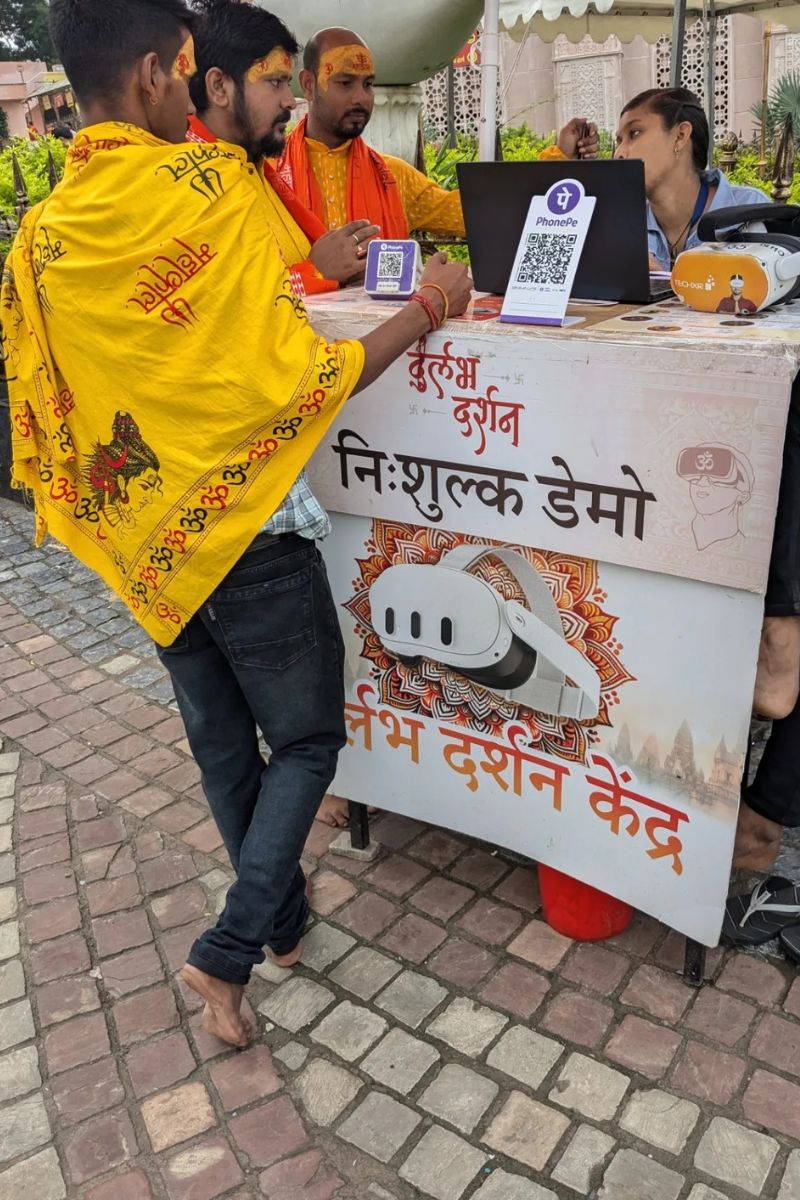
Photo credit, Kavya Jain
“Be the witness of your own movie.”
-Swami Vishnudevananda


